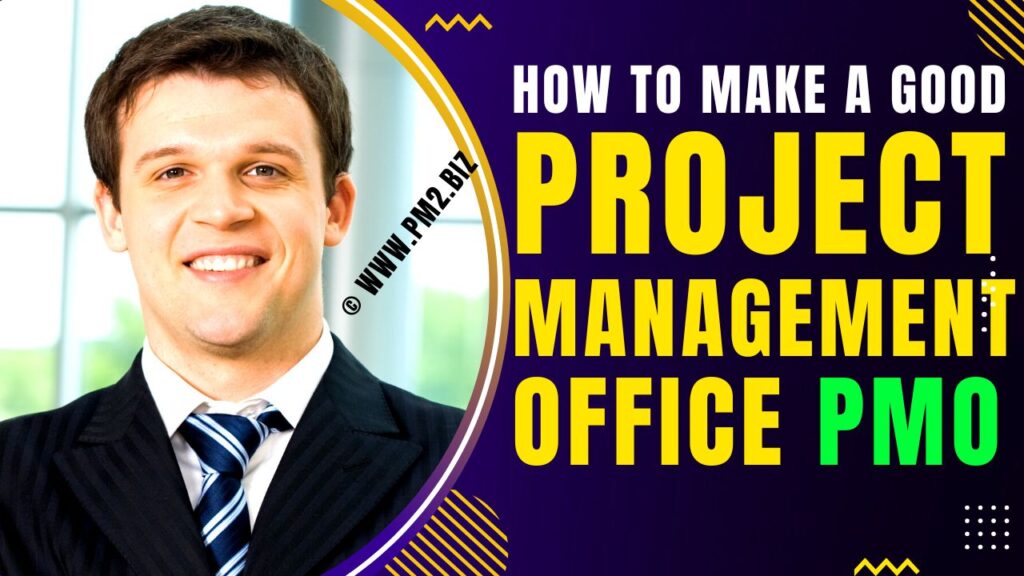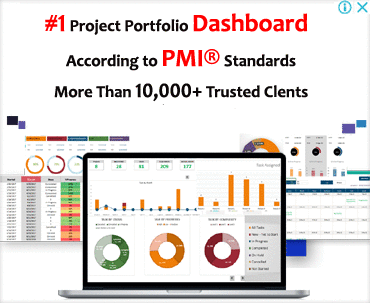It is very important to adapt the project management office (PMO) function to the explicit or implicit needs of a business. It should be able to meet the needs of the organisation when driving change. How “fit for purpose” your PMO is is determined by how well it finishes projects on time and gets the results you want.
A PMO leader will set clear goals for the PMO, like being “best in class” or “lowest cost,” though cheaper isn’t always better. The PMO should deliver it more likely for the organisation to successfully finish projects on time and on budget.
The level of PMO support will depend on how complex the organisation is, how old its leadership is, how many people work there, and how well they can meet business needs. As projects move the business from where it is now to where it wants to be in the future, it is important to understand what is making change work in the organisation.
Set Up a Clear Vision For The PMO.
Start with the purpose of your function and make sure it fits with the organisation’s goals. By setting this vision, you can give everyone a common goal, which makes it easier to stay engaged and committed. You have to set the right culture for the function, which should fit in with the organisation’s overall culture. Include an effective system to give behaviours to encourage the right behaviour.
In an ideal situation, the PMO should act as a strategic partner within the business by knowing both its strategic state and its long-term objectives, and by ideally changing the operating model of the function to meet the changing requirements of the organisation.
Traditional PMOs are process-driven, but modern PMOs are always getting better at how they deal with change. They use flexibility, learning agility, and much shorter feedback cycles to deal with the fact that ambiguity and uncertainty are now the norm when it comes to delivering change.
For PMOs to act as strategic partners, it is important to get the context right when it comes to how projects depend on each other and how resources are limited. Take an enterprise view of the business landscape to eliminate project efforts from being done twice. It’s not just putting money that isn’t being used to good use into other projects quickly. It’s also to avoid from investing money into the wrong projects from the start.
Collaboration and cross-functional teamwork are key to having effective stakeholder relationships and communication. Encourage early warnings if a project won’t finish on uncertainty or produce the expected outcomes. This will keep money from being wasted, even if it means the project resources won’t know what to expect.
Organised Structure and Standardised Processes
Your PMO should use technology as much as possible to give key decision-makers information that is accurate, up-to-date, and timely. Work smarter, not harder, by giving up on spreadsheet templates and switching to tools that make it easier to work together. Measure time and cost metrics against the quality of the delivery.
Even if you have the right software, you still need project managers who are proactive and can use that information to predict and fix failing projects before it’s too late. If there are strong, standardised processes in place, it will be easier to tell if a project is on track to meet its goals for cost, schedule, and scope.
When it’s not clear how to get to success, the PMO steps in to manage with uncertainty and ambiguity. Make sure that processes aren’t too set in stone so that they can’t be changed to fit the needs of a specific project, whether a linear, iterative, or hybrid method is needed. Based on this structure and method, assign the right resources to support with that project.
Update Your Skills
Good PMOs need the right blend of skills and experience. You need both seasoned professionals and people with the right enthusiasm and attitudes who can learn and grow into the roles.
The PMO needs to update itself up-to-date all the time. If the PMO doesn’t stay up-to-date with the latest trends, it may risk becoming irrelevant. Build effective, capable teams through ongoing technical training, coaching, and development of leadership skills.
Keep a function on emerging technologies and successful business trends for opportunities to improve your organisation and the business as a whole. Challenge asking yourself if it makes sense to keep old infrastructure in place.
A successful PMO needs to continue being useful over time by building on its reputation for trust and collaboration. It should be seen as part of the business as a whole.





I just read your article on how to make a good project management office (PMO), and I found it to be a very informative and practical guide for those who are looking to establish or improve a PMO. Your emphasis on the importance of aligning the PMO’s goals and objectives with those of the organization was particularly compelling.
One of the points that stood out to me the most was your discussion of the role of the PMO in ensuring project success. As you noted in your article, the PMO can play a critical role in providing project oversight, ensuring that projects are aligned with the organization’s strategic objectives, and facilitating communication and collaboration among project teams. By establishing a PMO that is properly structured and supported, organizations can increase the likelihood of project success and improve overall project management practices.
Another point that I found valuable was your discussion of the key components of a successful PMO. As you noted in your article, a successful PMO requires a strong governance framework, effective project management processes and tools, skilled project management professionals, and a culture of continuous improvement. By focusing on these key components, organizations can establish a PMO that is well-positioned to drive project success and enhance organizational performance.
Overall, I thought your article provided a great roadmap for establishing a successful PMO. Thanks for sharing your insights and expertise.